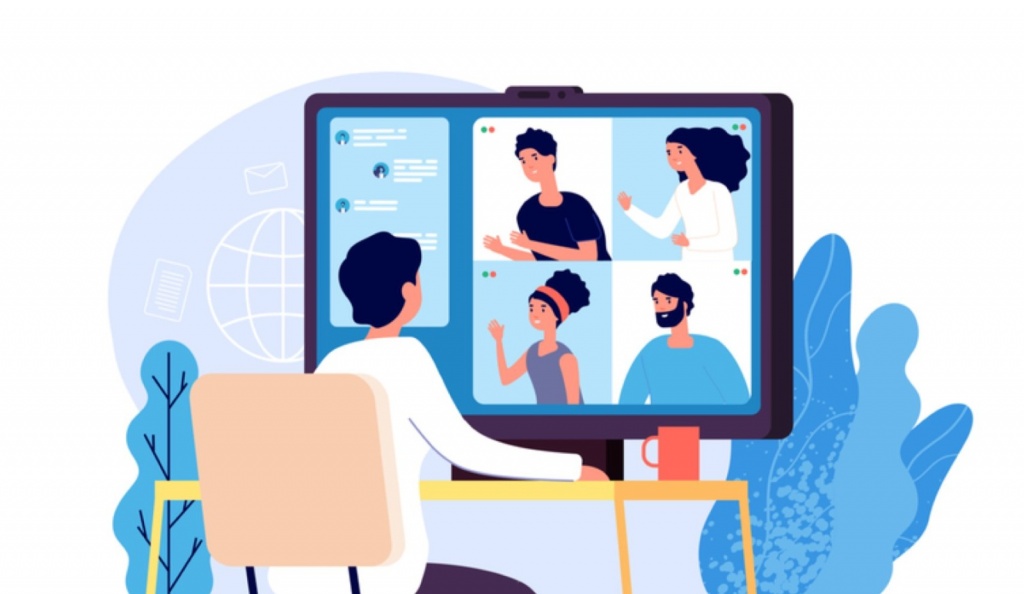

What is a video conference system?
Video Conferencing Hong Kong is a visual communication session between two or more users, no matter where they are, it is characterized by the real-time transmission of audio and video content.
Harnessing the capabilities of video conferencing:
In order to fully harness the benefits and convenience of remote meeting sessions, enterprises need to set up video and audio conferencing software and hardware solutions at locations such as conference rooms, workstations, or even mobile devices.
A video conference system typically includes an endpoint (such as an individual PC workstation or a telepresence system), a video conferencing server (used to run group video conferencing sessions), peripherals (such as webcams, microphones, speakerphones, headsets, etc.) and a stable software foundation structure (for video processing, content transmission, and integration).
A video conference system is a fast-growing communication method for companies around the world that can improve business efficiency, streamline and accelerate decision-making processes, and most effectively curtail travel expenses for parties involved, such as customers and company employees.
Benefits of a video conferencing system for Hong Kong companies:
1. Saves time & cost
You can conduct video conferences remotely with colleagues or customers around the work directly from your desktop or meeting room. With the help of video conferencing solutions, you will not waste time and money on business travel, while also cutting down on meeting or management costs.
2. Ease of use
All users need to do is to schedule a time of a video conference, and send out an invite to colleagues and customers before starting the conference. With an intelligent software installed, it will even send all parties notifications or reminders of the scheduled meeting. What’s more, the interface of the video conferencing system is very user-friendly and requires little to no training.
3. A collaborative tool
In order to improve work efficiency, a video conference system in Hong Kong usually has different in-built collaboration tools or functions, such as content and screen sharing, slide shows, and instant messaging. Such collaboration tools allows multiple users to effectively work together to achieve a shared objective, while also allowing the sharing of any results, analysis or brainstorm ideas.
4. Impressions in real life
Compared with more traditional telephone conversations, a major advantage of video conferencing is that it has a visual aspect, making it far more engaging. During a typical video conference, parties can better convey their emotions, pronunciations and establish eye contact, which are essential for personal interaction. Furthermore, the personal engagement offered by a video conferencing system does not allow users to be easily distracted, making it a great tool for a focused meeting that emphasizes on communication between parties.
5. Security.
Nowadays, a higher-end video conferencing system is based on specialized codecs, proprietary protocols and actively uses encryption methods to enhance content security. Users can enjoy a channel for expressing their views, analysis and contribute ideas towards a common goal.
Modes of a video conference
Common nowadays, there are two main mode types of video conference systems: point-to-point video calling and multipoint video conferencing. As the name suggests, point-to-point video calls are essentially a dedicated session between two users. On the other hand, multipoint (or group) video conferences are sessions with more than two users. The multipoint conference mode is more dynamic, and can include several sub-types, including the number of participants, or active speakers within the conference.
